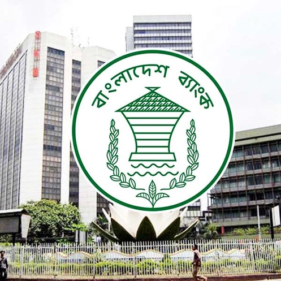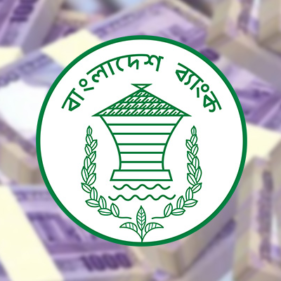Abundant rains play a pivotal role in expediting the rice planting process in India. Learn how this natural phenomenon is contributing to agricultural efficiency and yields.
Indian farmers have planted 28.3 million hectares (69.9 million acres) with summer-sown rice, in line with the farm ministry’s newest knowledge, up 3.28 p.c from the identical interval final 12 months, as strong monsoon rains inspired the enlargement of acreage.
Larger rice planting in India, the world’s second-biggest producer of the grain, will ease considerations about decrease output of the staple.
India late final month ordered a halt to its largest rice export class a transfer that may roughly halve shipments by the world’s largest exporter of the grain.
Farmers sometimes begin planting rice, corn, cotton, soybeans, sugarcane and peanuts, amongst different crops, from June 1, when monsoon rains are anticipated to start drenching India.
Summer season rains are essential as practically half of India’s farmland lacks irrigation.
For June and July collectively, India’s monsoon rains have been 5 p.c above common, falling 10 p.c beneath regular in June however rebounding to 13 p.c above common in July.
“Nature’s Aid: Abundant Rains Accelerate Rice Planting in India”
The climate workplace defines common, or regular, rainfall as ranging between 96 p.c and 104 p.c of a 50-year common of 87 cm (35 inches) for the four-month season.
This 12 months, the delayed arrival of monsoon rains and decrease rainfall in June, particularly in some southern, japanese and central states, held again the planting of summer season crops, even because the monsoon coated your complete nation practically every week upfront.
Some areas in India, together with breadbasket states comparable to Punjab and Haryana, obtained torrential rains in July, triggering floods. Nonetheless, dry climate prevailed in some elements of the nation.
Farmers planted 17.9 million hectares (44.2 million acres) with oilseeds, together with soybeans, 2.2 p.c greater than a 12 months earlier. Corn was planted on 7.6 million hectares (18.8 million acres), up from 7.5 million hectares a 12 months earlier. The cotton space was marginally decrease at 11.9 million hectares.





 For all latest news, follow The My News’s Google News channel.
For all latest news, follow The My News’s Google News channel. 



